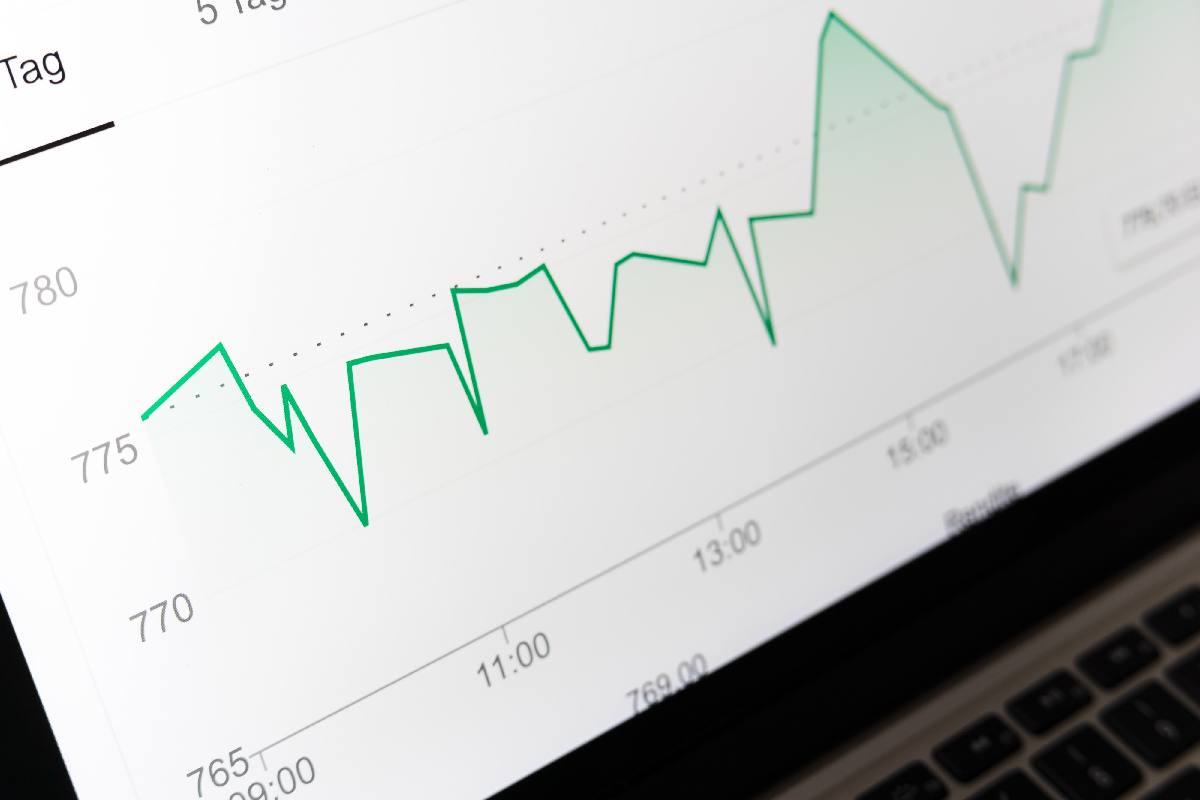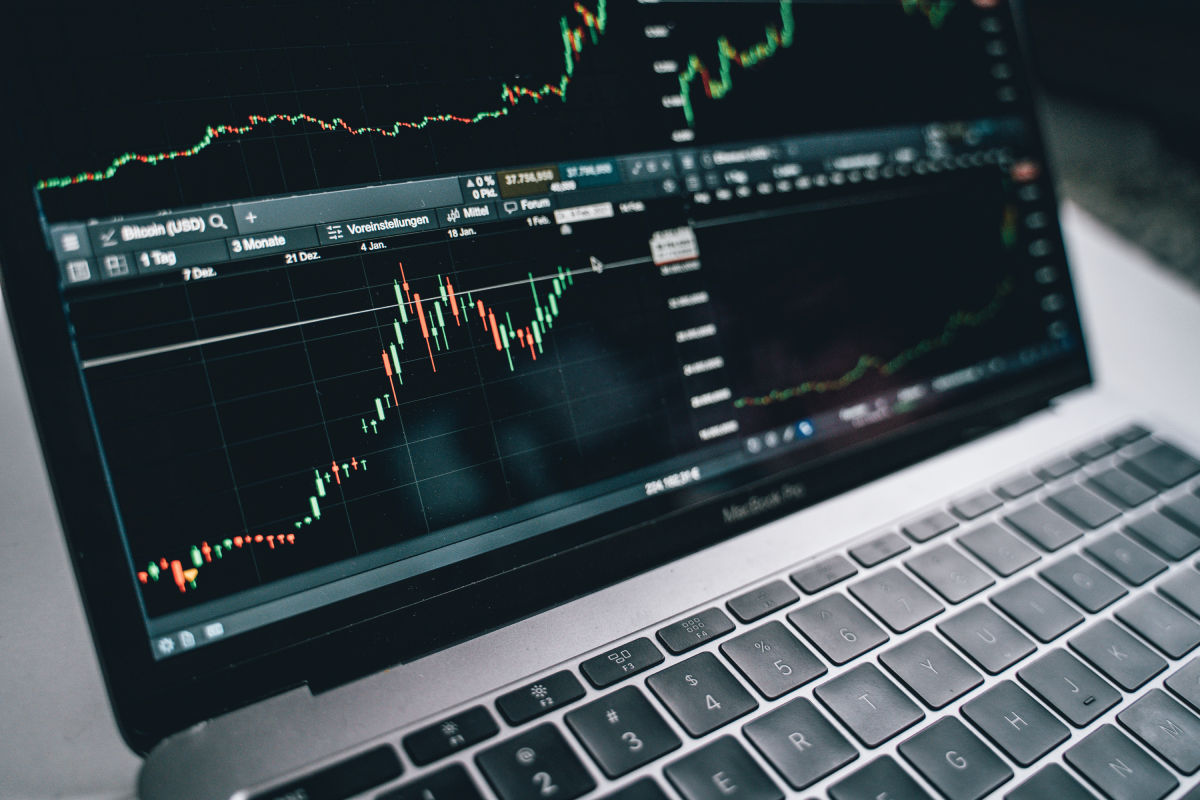
Equities, Healthcare, Servaas Michielssens, Linden Thomson
Biotech : 25 years of innovation in the service of healthcare
Over the past twenty-five years, the medical biotechnology sector has profoundly transformed the therapeutic landscape. From the fight against cancer to the development of Covid-19 vaccines in record time, advances in biopharma have changed the outcome for millions of patients worldwide.








